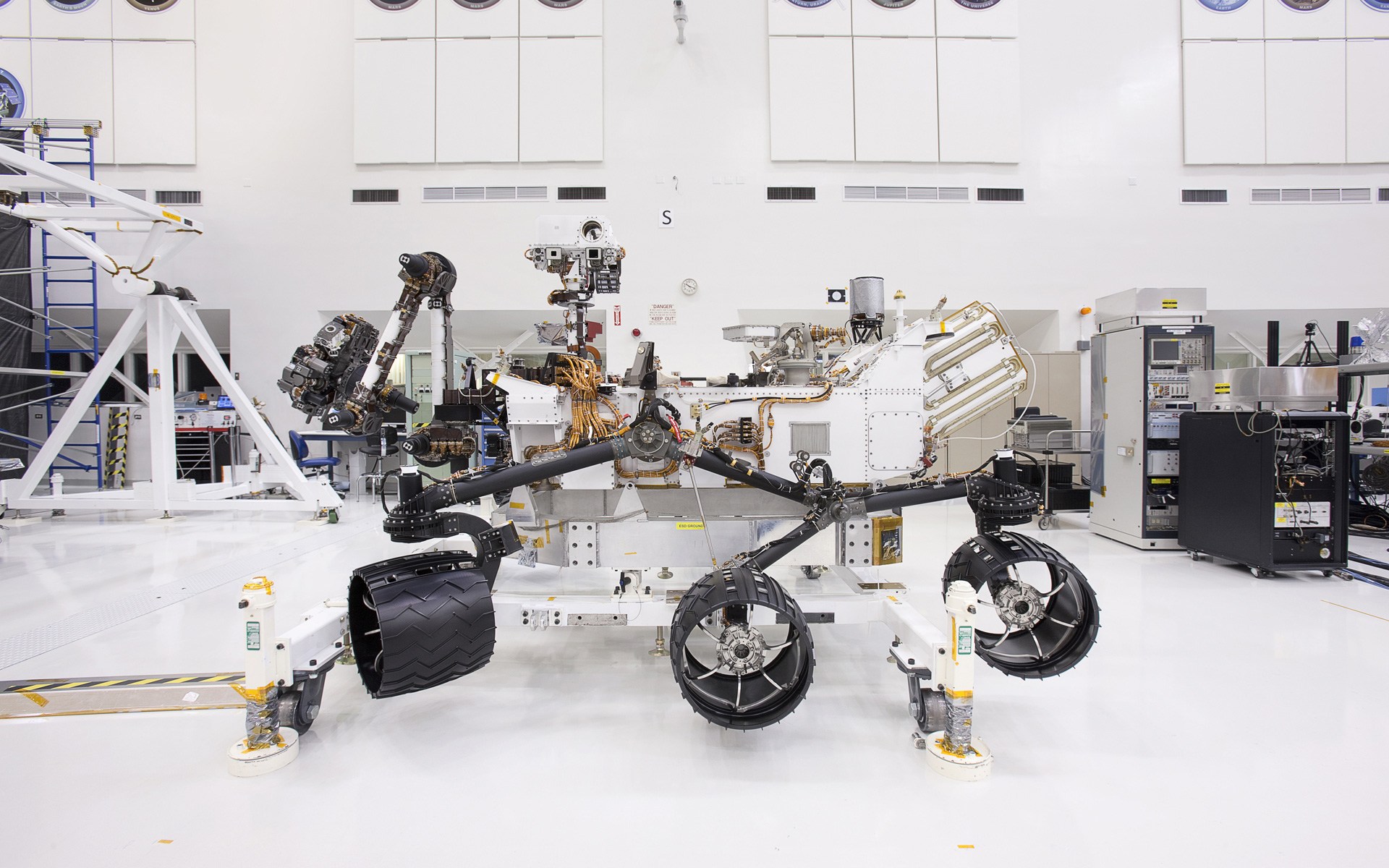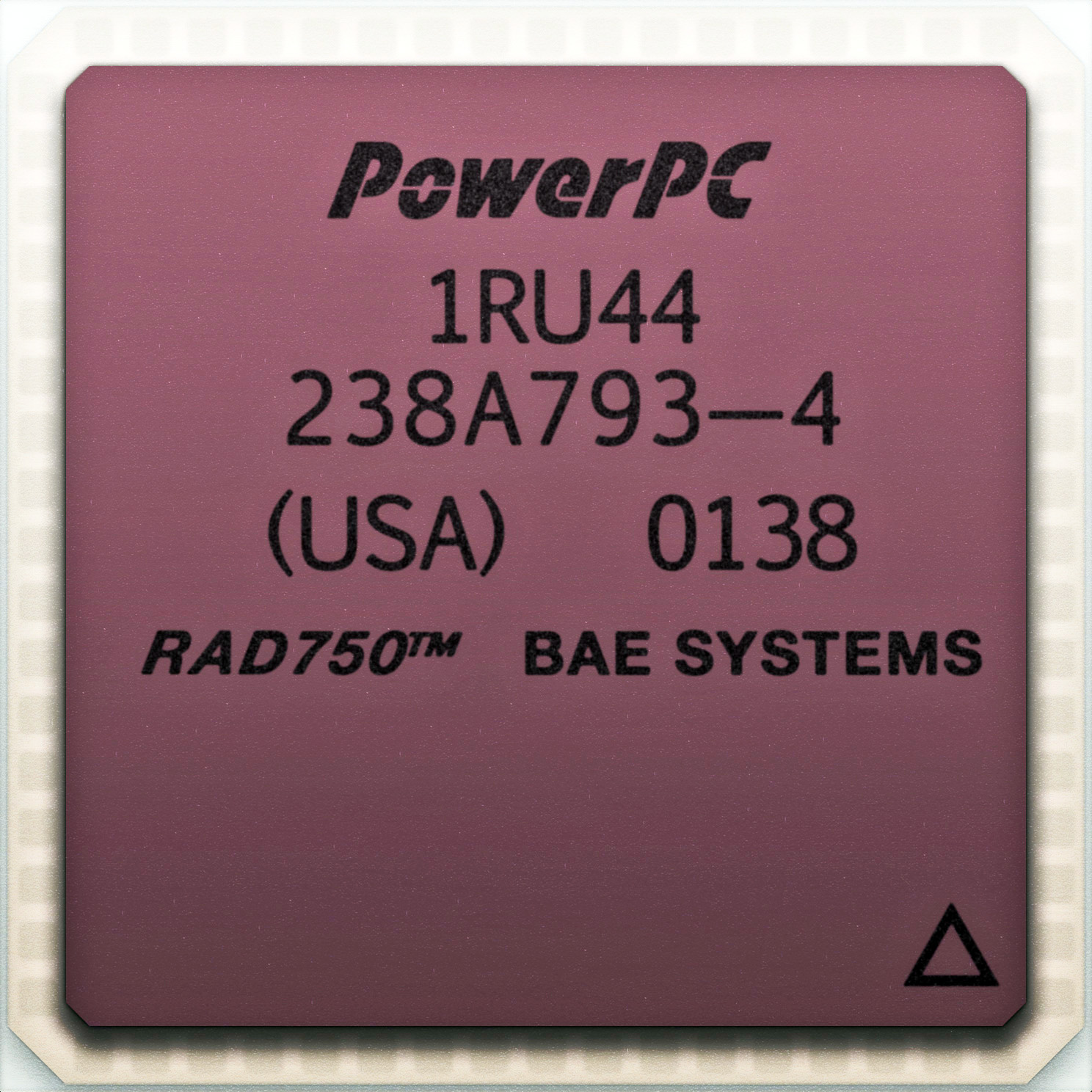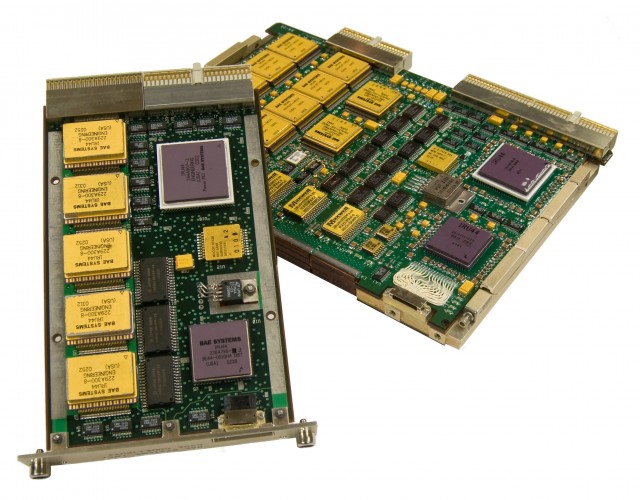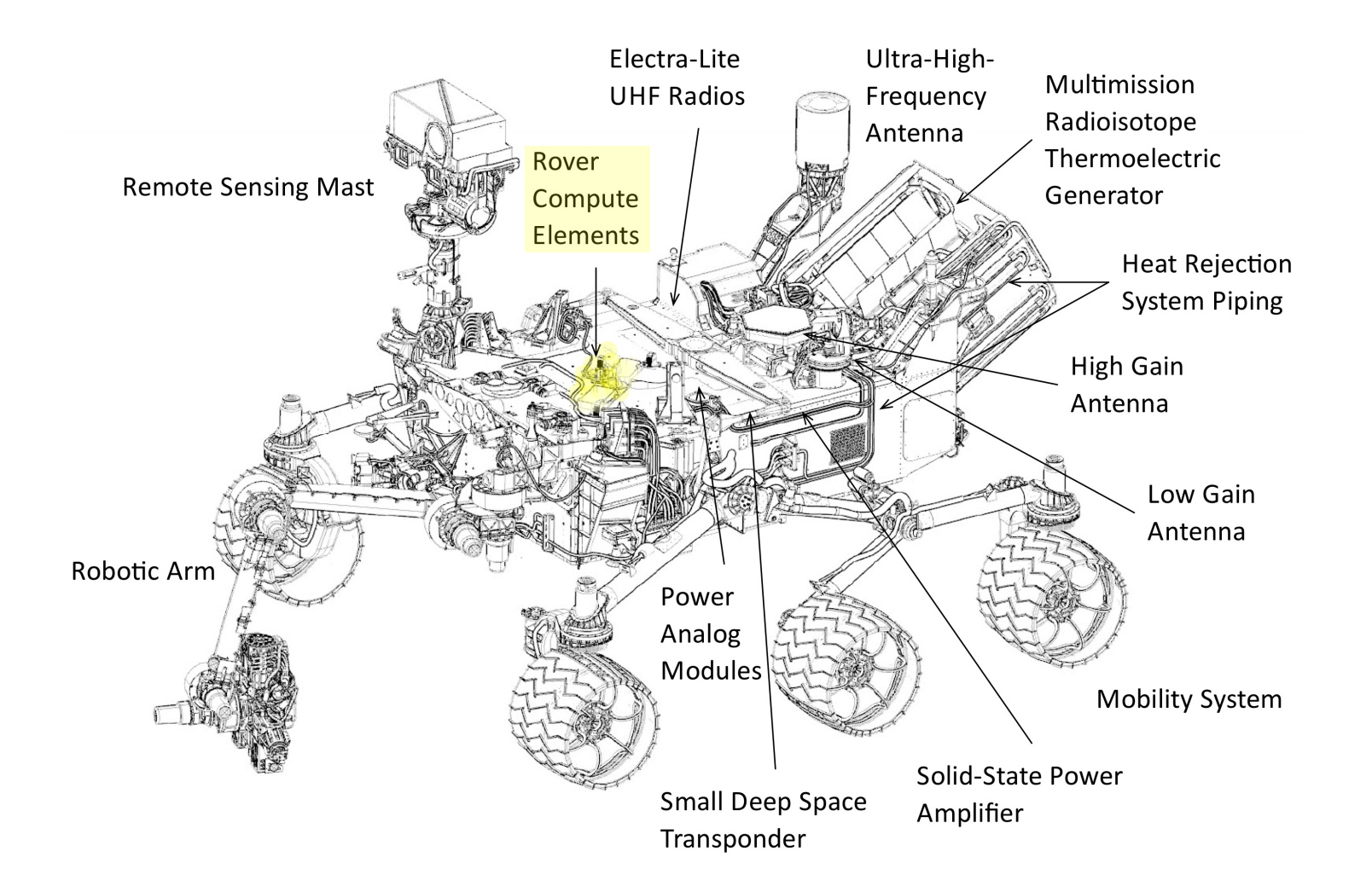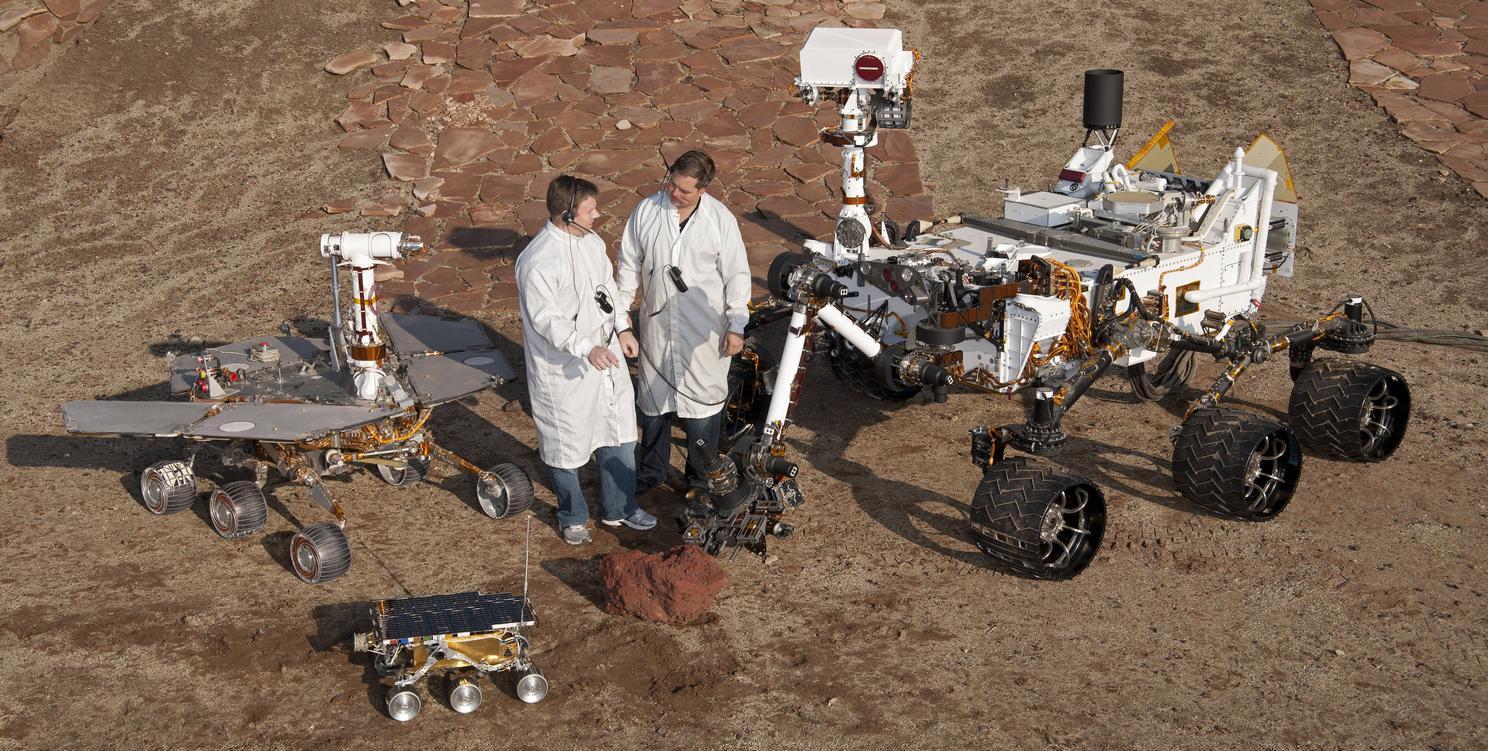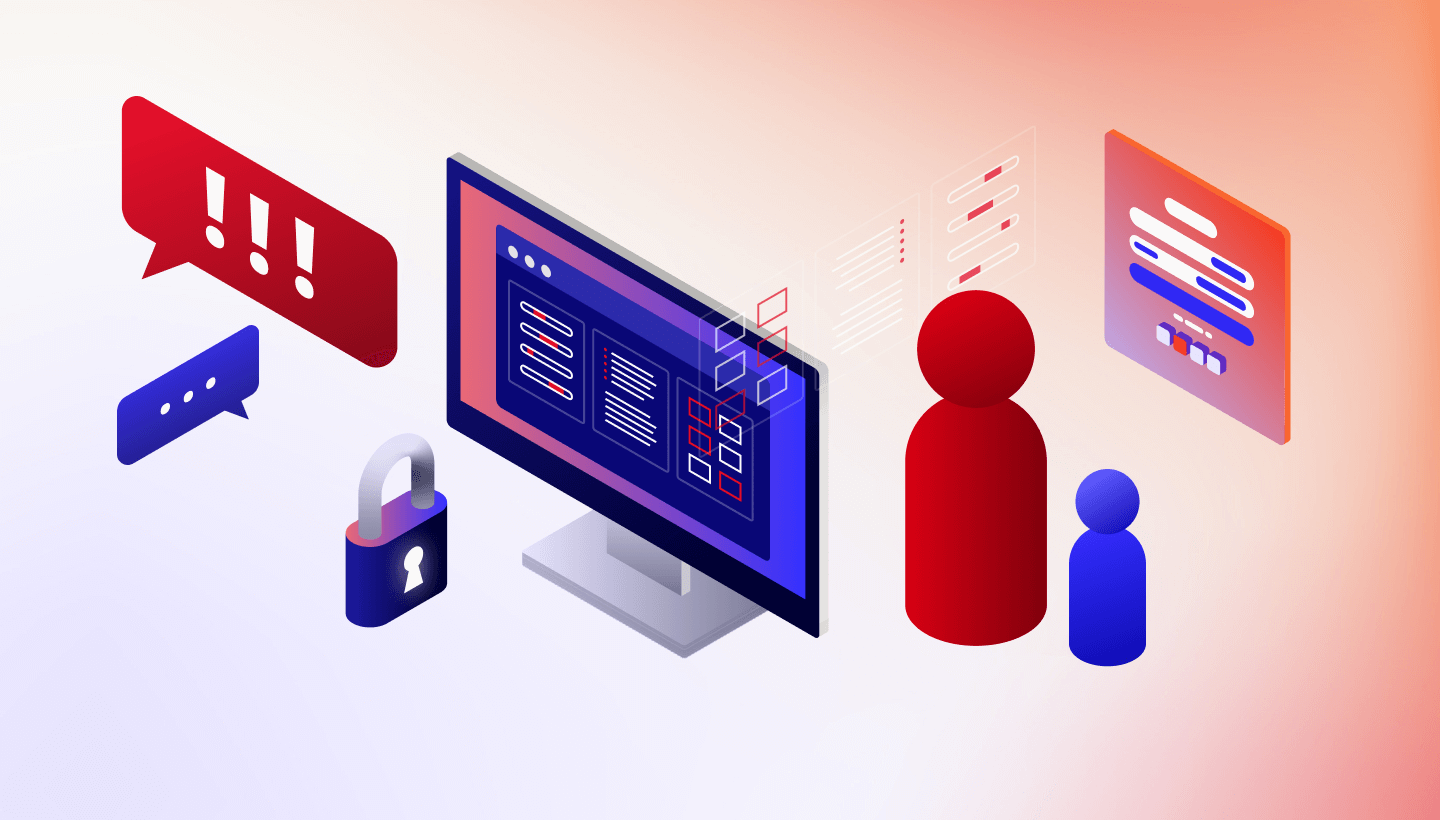Have you ever had one of those days when even a second cup of coffee can’t jump-start your thinking and you just wished you had another brain you could switch to? If you’re the Mars Curiosity Rover, you can.
A recent glitch in its main computer required the Curiosity Rover team at NASA’s Jet Propulsion Laboratory (JPL) to switch to another computer in the rover while they worked to resolve problems with its main computer. The problem started around September 15 with the rover “failing to store science and some key engineering data,” according to NASA. The rover continued to send limited engineering data stored in short-term memory when it connected to a relay orbiter — it was otherwise healthy and receiving commands. But whatever was preventing Curiosity from storing science data in long-term memory was also preventing the storage of the rover’s event records, a journal of all its actions that engineers need in order to make a diagnosis. The computer swap allowed data and event records to be stored on the Curiosity‘s other computer, improving the rover’s operations and helping the engineers diagnose the problem.
Just switched to my Side-A computer so the team can diagnose a tech issue with the B side. (I carry two computers for situations like this.) Redundant systems: don’t leave Earth without them. https://t.co/e2jHXkNHXN pic.twitter.com/LMeBMJ54mU
— Curiosity Rover (@MarsCuriosity) October 3, 2018
Tweet from Mars Curiosity Rover @MarsCuriosity on October 3, 2018
Two Brains Are Better Than One
Like most spacecraft, NASA outfits its spacecraft with twin computers for redundancy in case any problems arise with its main computer. Curiosity‘s paired computers are called Side-A and Side-B. The rover began its stay on Mars in August of 2012 using Side-A but switched to Side-B in February of 2013 when a problem developed in the computer’s flash memory that caused the computer to continuously reboot in a loop. Engineers working from 33.9 million miles away on earth were eventually able to get the Side-A computer back in working order. That’s the computer Curiosity switched back to this past October while engineers continued to investigate the memory errors in the Side-B machine.
Curiosity continues to operate using its Side-A computer. According to Steven Lee, Curiosity‘s deputy project manager at JPL, “At this point, we’re confident we’ll be getting back to full operations, but it’s too early to say how soon. It’s certainly possible to run the mission on the Side-A computer if we really need to, but our plan is to switch back to Side-B as soon as we can fix the problem to utilize its larger memory size.”
I get by with a little help from my friends. Thanks to the team swapping me back to the A-side computer, I took and sent back images this week with a camera I haven’t used since 2013. Work continues to get full operations back on line. https://t.co/01SafGIwDs pic.twitter.com/xEVdwFrEYL
— Curiosity Rover (@MarsCuriosity) October 17, 2018
Tweet from @MarsCuriosity on October 17, 2018
The computer problems haven’t prevented Curiosity from continuing to pursue its mission objectives, which include an investigation of the Martian climate and geology; assessment of whether the selected field site inside Gale Crater has ever offered environmental conditions favorable for microbial life, including investigation of the role of water; and planetary habitability studies in preparation for human exploration.
Inside the Curiosity’s Brains
Even though Curiosity‘s computers are specialized for space use, the circuit board and operating system will be familiar to many. The CPU is a RAD750, a version of the IBM PowerPC 750, which was used in many computers from Apple, including the original iMac. The datasheet for the RAD750 states that the processor, “is the best space microprocessor available today by any selection criterion — performance, cost, availability, or flight heritage.”
RAD750 radiation-hardened PowerPC space microprocessor
On-board memory includes 256MB of DRAM and 2 GB of Flash Memory (~8 times as much as rovers Spirit or Opportunity), both with error detection and correction and 256kB of EEPROM. The microprocessor operates at up to 200 megahertz speed, 10 times the speed of earlier microprocessors in rovers Spirit and Opportunity.
Two British Aerospace RAD750 single board computers as used aboard the Curiosity rover
For Curiosity‘s software, NASA stuck to proven solutions, selecting the VxWorks operating system. VxWorks, developed by Wind River Systems, is a real-time operating system used in a huge number of embedded systems. The previous Mars rovers (Sojourner, Spirit, Opportunity), Mars Reconnaissance Orbiter, and the SpaceX Dragon spacecraft all use VxWorks. VxWorks also powers many earth-bound devices and vehicles, including BMW’s iDrive, the Apache Longbow helicopter, and the Apple Airport Extreme and Linksys WRT54G routers.
Shortly after landing on Mars, on August 8, 2012, NASA Mission Control began upgrading the rover’s dual computers by deleting the entry-descent-landing software, then uploading and installing the surface operation software. The switchover to the new software was completed by August 15.
The Right Stuff for Space Exploration
It might sound like these units resemble what we use everyday at home or in offices, but they are designed to endure the harsh environments that will be encountered by satellites and space exploration vehicles. The RAD750 can withstand temperatures of between -55 and 70C and radiation levels up to 1000 gray (a gray is defined as the absorption of one joule of radiation energy per kilogram of matter). Safely protected within Curiosity, the temperature and radiation should remain well below these levels.
The units are priced differently than their cousins on earth, too. In 2002, the RAD750 microprocessor was listed at $200,000, which is quite a bit more than the PowerPC used at the time in iMacs, which sold in quantity for about $520 each. The high price of the RAD750 is mainly due to radiation hardening revisions to the PowerPC 750 architecture, manufacturing costs, stringent quality control requirements, and extended testing of each processor chip produced.
Each of the pair of rover computers is inside a module called The Rover Compute Element (RCE). The RCEs are protected from exposure in the middle of the rover body.
Curiosity Rover Compute Elements (highlighted)
Sojourner, Spirit, Opportunity, Curiosity, and Beyond
The Mars Rover family, clockwise from bottom left: Sojourner (1997), Spirit/Opportunity (2004), Curiosity (2012)
Curiosity has had a long sojourn on Mars since landing on Aeolis Palus in Gale Crater on August 6, 2012, and follows the success of earlier Mars explorers Sojourner, Spirit, and Opportunity. Despite starting out with only a two-year mission, the durability of Curiosity prompted NASA in December 2012 to extend Curiosity‘s mission indefinitely.
Curiosity‘s design will serve as the basis for the planned Mars 2020 rover, which is scheduled to launch in July/August of 2020. The new rover will have a few upgrades, however, including more sophisticated hardware and new instruments to conduct geological assessments of the rover’s landing site, which will determine the potential habitability of the environment and directly search for signs of ancient Martian life.
We don’t have to wait that long for another exciting Mars landing like we had with Curiosity, however. NASA InSight is scheduled to land on Mars in less than two weeks, on November 26, 2018. Following that, ExoMars and NASA Mars 2020 will head to Mars in 2020 to continue a search for evidence of existing and past life.
| 2018 | NASA InSight | Mission: InSight is a robotic explorer designed to study Mars’ crust, mantle, and core. InSight will land on Mars on November 26, 2018. | 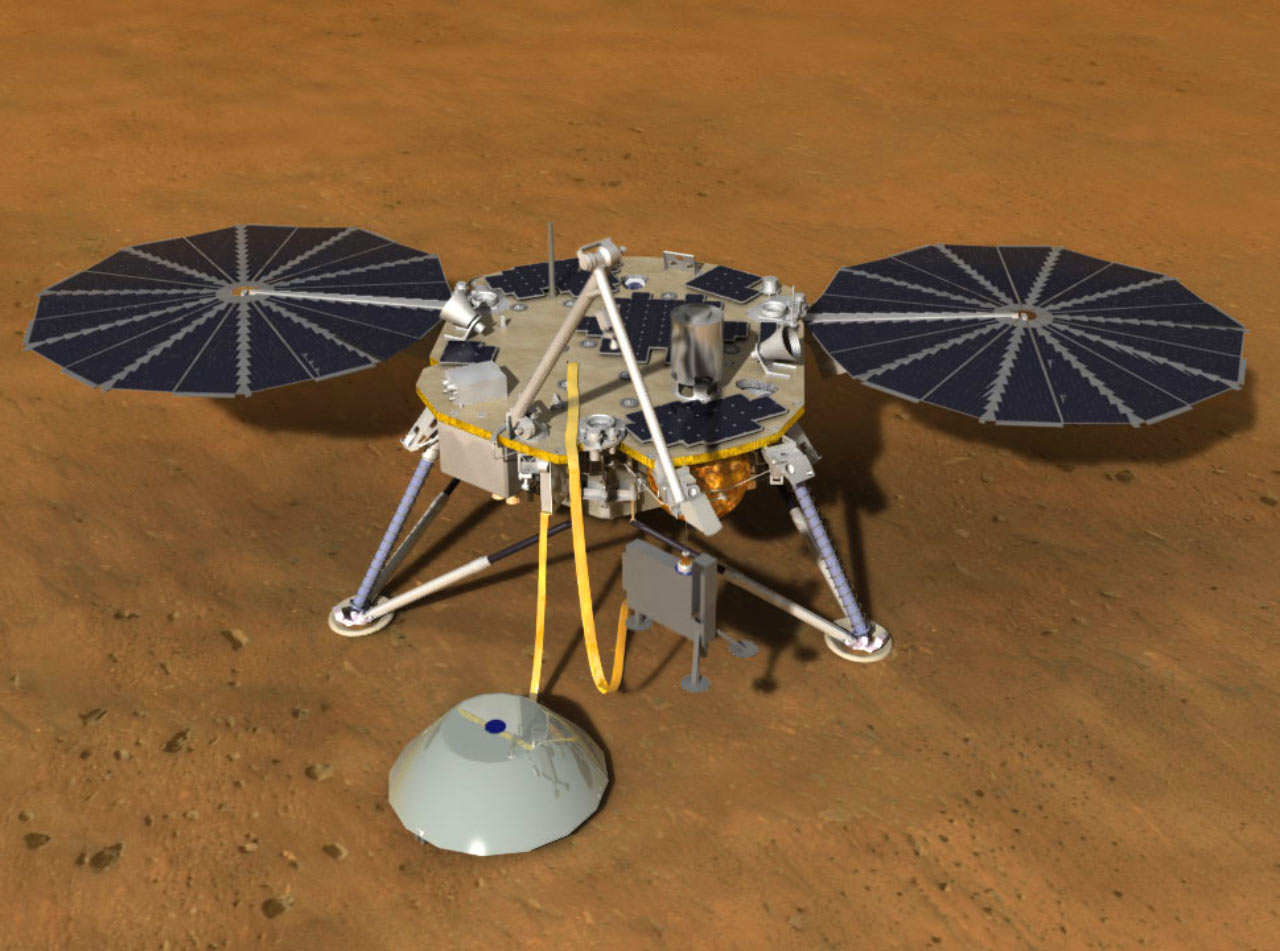 |
||
| 2020 | ESA ExoMars Rover | Mission: ExoMars, a joint mission of the European Space Agency and the Russian space agency Roscosmos, will search for evidence of life on Mars. NASA is providing critical elements for the astrobiology instrument on the rover. | 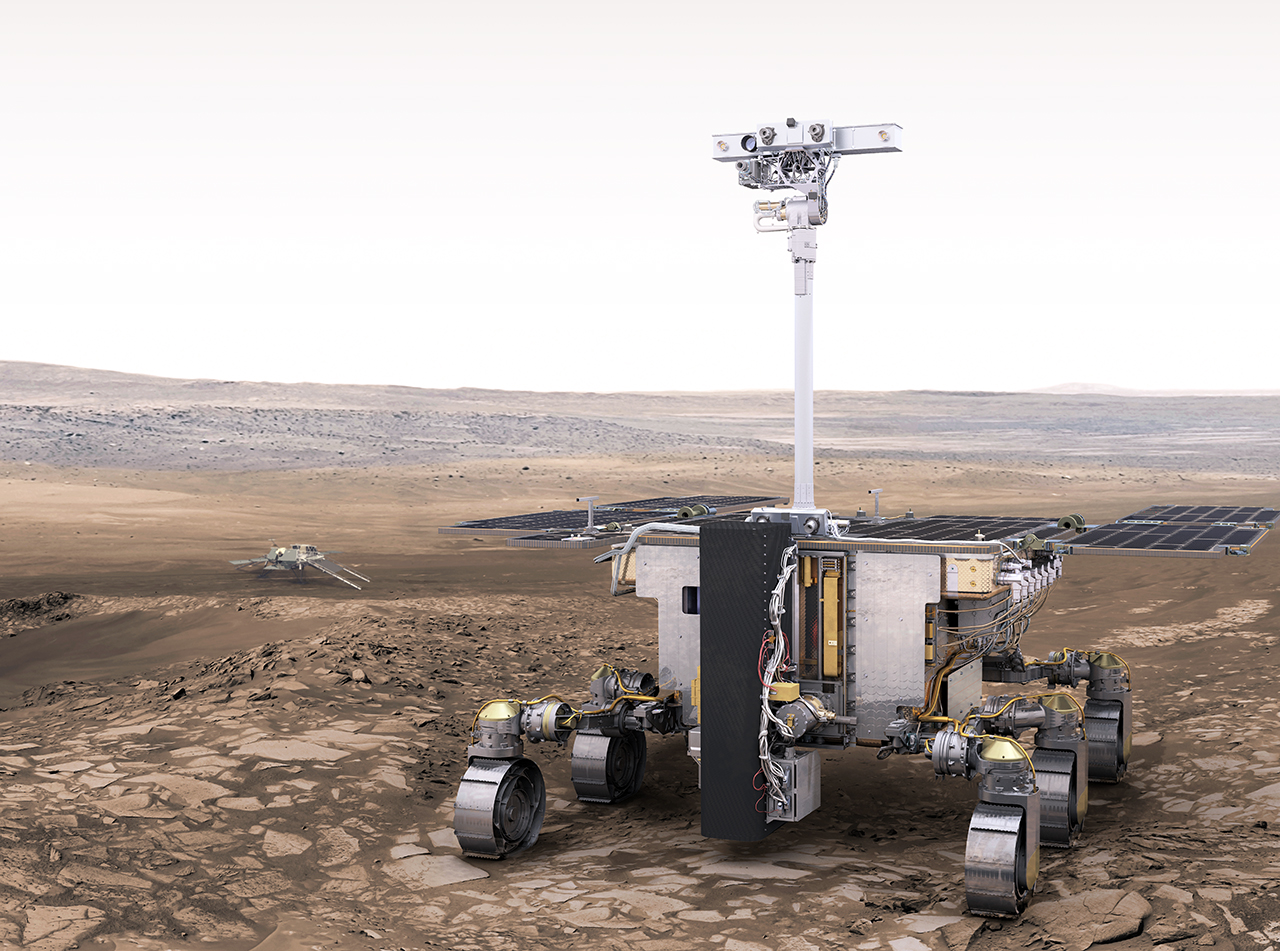 |
||
| 2020 | NASA 2020 Rover | Mission: Mars 2020 seeks to answer key questions about the potential for life on Mars. It will cache samples for possible future return to Earth. | 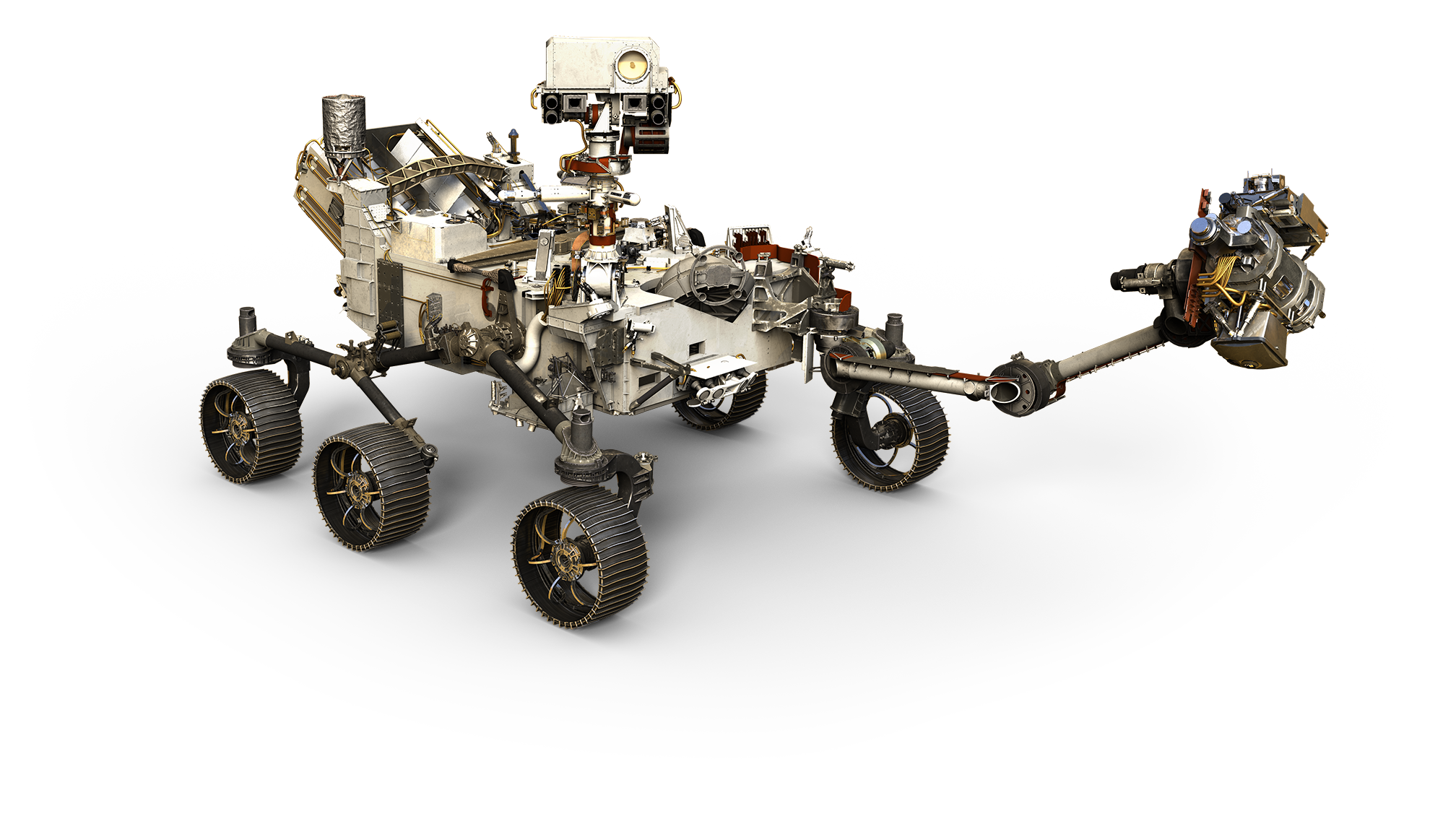 |
||
Save the date: @NASAInSight is two weeks from landing on #Mars
Learn more before the Nov. 26 touchdown: https://t.co/FVZ0DnOeGk pic.twitter.com/QEgI9ytzrV— NASA JPL (@NASAJPL) November 13, 2018
Tweet from @NASAJPL on Nov 12 re InSight Mars landing on November 26, 2018
A Backup is a Good Idea on Both Earth and Mars
It turns out that having a backup doesn’t apply just to data or computing. Sometimes, a second brain can come in handy, too, especially when you’re on Mars.
Do you follow Curiosity‘s advice to always have redundant systems? Have you ever switched to using your Side-A brain? Would you like to go to Mars? (I would.) Let’s hear your thoughts in the comments.
Don’t forget to follow the landing on Mars of InSight on Monday, November 26. We’ll be watching all the coverage!


